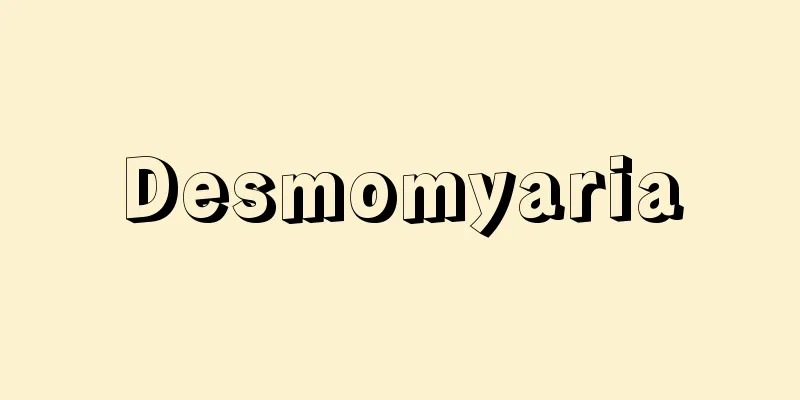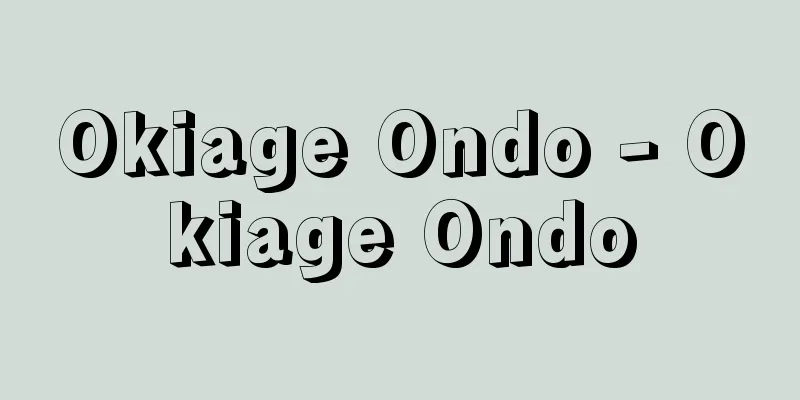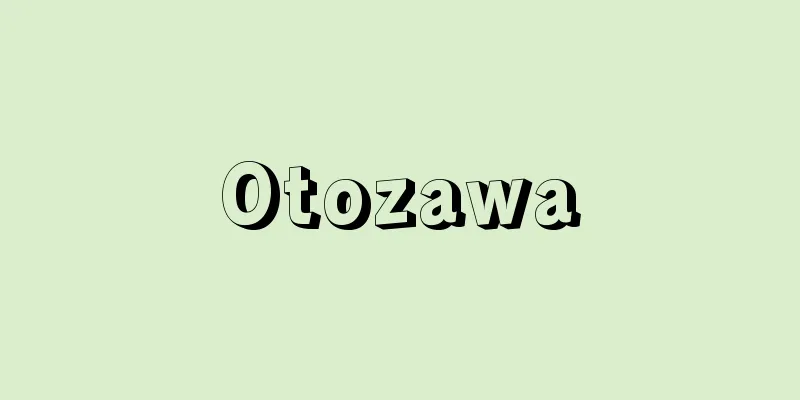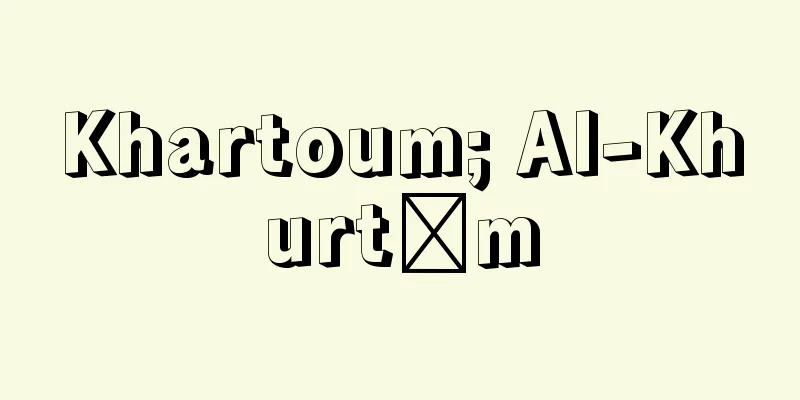Hebrew - Heburaigo

|
It belongs to the Semitic language family along with Arabic and Ethiopian, and in ancient times, along with Phoenician, formed the Northwest Semitic Canaanite branch. It is believed to have been formed when the language of the Israelites who entered Canaan (present-day Palestine) from Aram (present-day Syria) in the second half of the 2nd millennium BC mixed with the Canaanite language. Ancient Hebrew documents include short inscriptions such as the Gezer Agricultural Calendar (10th century BC) and the Siloam Inscriptions (around 700 BC), but the most important is the Old Testament, the majority of which (over 98%) was written in Hebrew, and the fact that this, combined with the fate of the Jewish people of Israel, determined the history of the Hebrew language thereafter. The Old Testament, if we take into account the original sources, spans the 13th to 3rd centuries B.C., but linguistically, except for later books (such as the Chronicles) close to the Dead Sea Scrolls (around the 1st century B.C.), there is a distinction between poetry and prose, but it hardly reflects differences in time or dialect. As an everyday language, from around the time of the Babylonian Captivity of the southern kingdom of Judah (6th century B.C.), Hebrew gradually gave way to Aramaic, which was the common language of the Middle East at the time and also belonged to the Northwest Semitic language. However, Mishna Hebrew, which is found in Jewish documents (such as the Mishnah and Midrash) compiled around 200 A.D., seems to have been spoken in some places until the end of the 2nd century. The medieval Hebrew that followed was an artificial literary language that also incorporated elements of Aramaic and Greek, and left behind many important works in the fields of religion, philosophy, literature, natural science, and other fields not only in Palestine but also throughout Europe. Hebrew, which had been passed down as a written language by Jews in this way, was stimulated by the Enlightenment (Haskalah) and, through the dedicated efforts of Eliezer Ben Yehuda (1858-1922) and others, was revived as an everyday language (Modern Hebrew, Ivrit) in Palestine in the second half of the 19th century, and is now the official language of the State of Israel, spoken by nearly 3 million people. [Isaku Matsuda] FeaturesCompared to Classical Arabic, which has well preserved the characteristics of Proto-Semitic, Hebrew Hebrew already saw the simplification of the strong consonant system, the disappearance of case endings, and the degeneration of dual forms, while at the same time it showed other distinctive features, such as the complexity of the vowel system and the wau conjunction of verbs (in which the meaning of perfect and imperfect is switched immediately after the conjunction w). The verb system had already been simplified by the time of the Mishnah, with the wau conjunction disappearing and its meaning changing from an aspectual opposition to a tense opposition, while in modern Hebrew strong and guttural sounds have completely disappeared, and the function of case is now taken on by prepositions. The word order of verb + object and modified + modifier has remained unchanged since ancient times, but the subject can also precede the verb, which is more common in modern times. [Isaku Matsuda] [References] | |Source: Shogakukan Encyclopedia Nipponica About Encyclopedia Nipponica Information | Legend |
|
アラビア語やエチオピア語などとともにセム語族に属し、古代ではフェニキア語などと並んで北西セム語カナーン語派を形成した。紀元前二千年紀後半にアラム(現在のシリア)からカナーン(現在のパレスチナ)に入ったイスラエル・ヘブライ人の言語が、同系のカナーン語と混交してできたものと推定される。古代ヘブライ語の資料には、「ゲゼル農事暦」(前10世紀)、「シロアム刻文」(前700ころ)などの短い碑文もあるが、もっとも重要なのは『旧約聖書』で、その大部分(98%強)がヘブライ語で書かれたという事実が、イスラエル・ユダヤ民族の運命と相まって、以後のヘブライ語の歴史を決定したのである。『旧約聖書』は、原資料まで考慮すれば前13~前3世紀にわたるが、言語的には、『死海文書』(前1世紀ころ)に近い後期の諸書(「歴代志」など)を除くと、詩文、散文の区別はあるものの、時代差、方言差をほとんど反映していない。日常語としては、南王国ユダのバビロン捕囚(前6世紀)のころから、しだいに当時の中東地域の共通語で同じく北西セム語に属したアラム語に席を譲っていく。しかし、紀元200年ごろに集成されたユダヤ教文書(ミシュナ・ミドラシュなど)のミシュナ・ヘブライ語は、一部で2世紀末ごろまで話されたらしい。その後の中世ヘブライ語は、アラム語、ギリシア語などの要素も加わった人工的文学語で、パレスチナだけでなく、欧州各地で宗教、哲学、文学、自然科学などの分野に多くの重要な作品を残した。こうしてユダヤ教徒によって文字言語として継承されてきたヘブライ語が、啓蒙(けいもう)主義(ハスカラ)に刺激され、19世紀後半、エリエゼル・ベン・イェフダEliezer Ben Yehuda(1858―1922)らの献身的な努力によって、パレスチナに日常語(現代ヘブライ語Ivrit)として復活、現在イスラエル国の公用語として300万人近くの話し手をもっている。 [松田伊作] 特徴セム祖語の特徴をよく保存している古典アラビア語と比べると、すでに古代において、強子音体系の単純化、格語尾の消失、双数形の退化などの現象の反面、母音体系の複雑化、動詞のワウ接続形(接続詞wの直後で完了と未完了の意味が入れ替わる)などの特色がみられる。動詞体系はすでにミシュナ時代に単純化し、ワウ接続形も消え、その意味もアスペクトの対立から時制の対立へと変わり、現代ヘブライ語では強音、喉音(こうおん)は完全に消失、格の機能は前置詞が担うことになった。動詞+目的語、被修飾語+修飾語の語順は古代以来変わらぬが、主語は動詞に先行することもあり、現代ではこのほうが普通である。 [松田伊作] [参照項目] | |出典 小学館 日本大百科全書(ニッポニカ)日本大百科全書(ニッポニカ)について 情報 | 凡例 |
>>: Ferdinand Ritter von Hebra
Recommend
Fan-zhen; Fan-chên
A local governing system with the Jiedushi as the ...
Attic
A band of walls forming the top of the facade of a...
Ikidai - Ikidai
...These indicate that red sea bream blooms in th...
Wurtz-Fittig reaction - Wurtz-Fittig reaction
…The Wurtz reaction itself is a symmetrical hydro...
Face - Mentsu (English spelling) mientzu
It is a direct use of the Chinese term, and in Jap...
International News Service
...Because it was outside the framework of the pr...
Amalric, A.
…The Crusaders were mainly composed of princes an...
Different shelf - Different
A shelf made of two staggered boards built into th...
Semi-killed steel
…Continuous casting has been used for non-ferrous...
Whitehall - Whitehall (English spelling)
A street in the borough of Westminster in the cen...
August Schmarsow
1853‐1936 A German art historian and one of the pi...
al-Fārābī (English spelling)
Arab philosopher. Born near Farab in Central Asia...
Khārq (island) (English spelling)
An island in the Persian Gulf 55 km off the coast ...
Awa Island
An uninhabited island located off the coast of Tak...
Diffraction image
...In contrast, the wavelength of light is extrem...



![Kasamatsu [town] - Kasamatsu](/upload/images/67cb319d3a714.webp)





